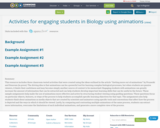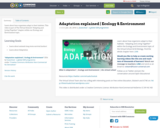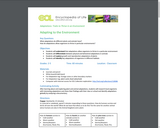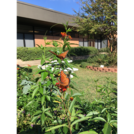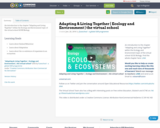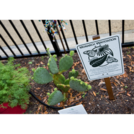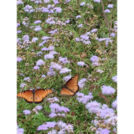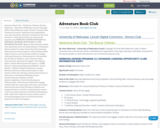
"Accessibility Considerations for Different Multimedia Formats" is a component of Unit 6, titled "Accessible Digital Content," within the course "An Introduction to ICT Accessibility and Inclusive Design" developed by MADA Center in Qatar.
This section covers accessibility best practices when working with various multimedia formats including audio, video, images, text, and animations. The goal is to teach principles of accessible and inclusive design to create digital content and websites that are usable for everyone, including people with disabilities. It outlines important considerations for making different media formats accessible based on Web Content Accessibility Guidelines (WCAG).
- Subject:
- Education
- Educational Technology
- Material Type:
- Lesson
- Author:
- Mada center
- Date Added:
- 02/03/2024




